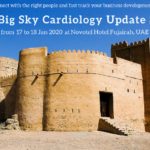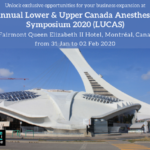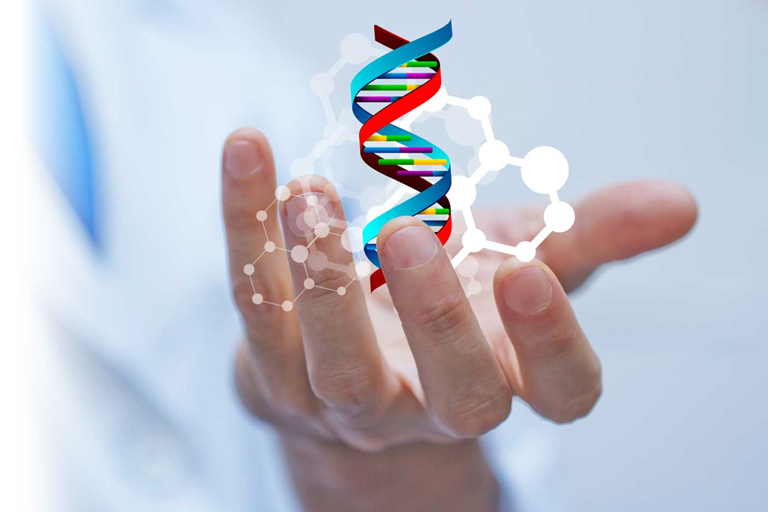DNA regions susceptible to breakage and loss are genetic hot spots for important evolutionary changes, according to Stanford study. The findings may lead to new understanding of human evolution.
Regions of DNA susceptible to deletion during replication may have allowed vertebrates to successfully adapt to rapidly changing environmental conditions during evolution, according to a study by researchers at the Stanford University School of Medicine.
The research suggests that some critical evolutionary changes are likely to have occurred in leaps and bounds through the abrupt loss of stretches of DNA, rather than through the slow accumulation and additive effects of many small mutations.
The researchers, who studied a tiny fish called the threespine stickleback, found that such “fragile” DNA regions create genetic hot spots that mutate much more rapidly, and dramatically, than neighboring sequences. The resulting changes can help an organism vault far ahead of its peers in the evolutionary arms race.
Although similar findings have been described in bacteria, this is one of the first studies to show that the same process has occurred in vertebrates to create dramatic changes in body structure. It also addresses a long-standing mystery in evolutionary biology.
“There is a lot of evidence that the same genes across different populations or species are often responsible for similar evolutionary changes,” said David Kingsley, PhD, professor of developmental biology. “What hasn’t been clear is why this is happening. This study describes at a biochemical level, down to the atoms and sequences in DNA, how a particular type of mutation can arise repeatedly, which then contributes to a complex skeletal trait evolving over and over again in wild fish species. It’s a great example of how DNA fragility can sometimes contribute to favorable traits rather than diseases in natural populations, and it may give us important insights into the process of human evolution.”
Kingsley, a Howard Hughes Medical Institute investigator, is the senior author of the study, which was published Jan. 4 in Science. Graduate student Kathleen Xie is the lead author of the work.
Large changes, large effects
Many mutations involve a change in just a single nucleotide, or letter, of DNA. Few of these “point” mutations will confer an evolutionary advantage on their own. Instead, significant change often requires the gradual accumulation of several such mutations. In contrast, sudden, large changes in the genome can have large effects — changing body structure through skeletal modifications or affecting metabolism or brain function, for example. Often, these changes are deleterious, decreasing the chances of an animal’s survival. Occasionally, however, the changes are advantageous.
When the last Ice Age ended, about 10,000 years ago, pockets of migratory ocean threespine sticklebacks colonized newly formed lakes and streams in coastal regions, and then evolved independently in response to their new local environments. As a result, many of these populations show significant differences in body structure. Marine sticklebacks, for example, have a hind fin with a large spine projecting down from their pelvic structure. In contrast, dozens of freshwater populations have lost that hind fin; its absence likely reduces their need for calcium and chances of being nabbed and eaten by hungry insects.
Previous studies in the Kingsley laboratory have identified the loss of a specific DNA regulatory region, called the Pel enhancer, as the repeated cause of the missing hind fins in many populations of the freshwater fish. The Pel enhancer drives the expression of a protein necessary to trigger hind fin development. In this study, Xie used marine stickleback DNA to investigate the Pel region that is missing in its freshwater brethren to learn why that region was particularly susceptible to loss.
Xie found that the DNA sequence of the Pel region is unusual in several ways. Unlike surrounding regions, which exhibit the normal, more-stable helical twist associated with most DNA, the Pel enhancer region that was lost formed an alternate DNA structure predicted to be highly flexible and likely to be unstable during DNA replication. The sequence also contains long strings of repeated pairs of nucleotides, like a kind of genetic stutter. Previous studies in bacteria, mice and humans have indicated that these repeats are often associated with deletions of stretches of DNA.
More frequent chromosome breaking
When Xie tested the stability of the missing Pel region by inserting it into artificial yeast chromosomes, she found that the chromosome broke about 25 to 50 times more frequently than typical DNA sequences. When Xie and her collaborators then tested similar DNA sequences in mammalian cells, they observed that the key dinucleotide repeat sequence often led to the deletion of sections of DNA more than 100 nucleotides long.
The increase in the rate of chromosome breakage observed by Xie, coupled with the likelihood that this damage causes deletions of entire sections of DNA, may have been a key factor in allowing the prominent hind fin skeletal trait to emerge over and over again in many different young stickleback populations. Elevated mutation rates may play a similar role when advantageous traits arise in other organisms, the scientists believe.
“Many vertebrates, including early humans, are dealing with a small population size and relatively long generation times,” said Kingsley, who is the Rudy J. and Daphne Donohue Munzer Professor in the School of Medicine. “There aren’t that many generations available in which to evolve new, potentially advantageous traits. Under these conditions, it may be particularly important for mutations to occur at elevated rates, and to have sweeping effects.”
When the researchers investigated known instances of adaptive changes in humans, they found that about half were due to mutations that also arise at elevated rates compared with more typical DNA letter changes.
“What we’re learning is that ‘arrival of the fittest,’ or the relative speed with which a potentially favorable mutation arises, can sometimes be as important as ‘survival of the fittest,’” Kingsley said. “The mutation process itself has an important effect on the outcome, and the arrival of the mutation interacts with its effect on the fitness of the organism to bring about major changes in vertebrate evolution.”
Kingsley is a member of Stanford Bio-X and the Wu Tsai Neurosciences Institute.
Other Stanford authors are former graduate student Abbey Thompson, PhD, and graduate student Julia Wucherpfennig. Researchers from the University of Texas-Austin, the University of Victoria, the University of Nottingham, the University of British Columbia and the University of California-Berkeley also contributed to the study.
The research was supported by the National Institutes of Health (grants 5P50HG2568, CA093729 and 2T32GM007790), the National Science Foundation, a Stanford CEHG Graduate Fellowship and the Howard Hughes Medical Institute.
Stanford’s Department of Developmental Biology also supported the work.




















































